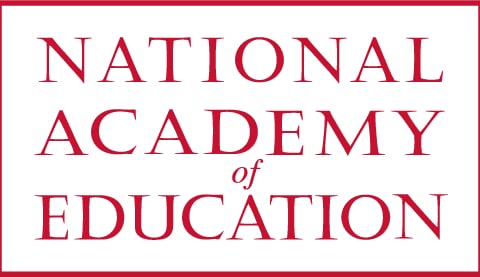The Language of Shared Reading in Transitional Bilingual Classrooms
Perla Gamez
About the research
Award
NAEd/Spencer Postdoctoral Fellowship
Award Year
2014
Institution
Loyola University Chicago
Primary Discipline
Psychology
The linguistic diversity of U.S. classrooms is increasing as the population of English Language Learners (ELLs; children for whom English is not the primary language) continues to grow. Thus, educators and policy makers face the pressing challenge of meeting the instructional needs of the growing number of linguistically diverse students. Historically, research with ELLs has been focused on the role of the native (L1) and second language (L2) on their L2 language and reading development. Yet, if we are to develop a clear understanding of the optimal classroom setting for ELLs, we ought to move away from broad questions about which language (i.e., quantity) should be used for instruction and towards questions focused on what type of language (i.e., quality) is most effective in supporting ELLs’ learning.At the center of recommendations for promoting all children’s language and reading development is early exposure to high-quality, language-rich experiences. However, few studies have investigated the instructional contexts that stimulate the use of high-quality language in classrooms with diverse groups of children, including ELLs. The objective of the proposed study is thus twofold: 1) to generate an empirical description of the quality of the language used, not just the quantity of language exposure, in classrooms designed expressly for young ELLs, and 2) to examine the influence of this classroom-based language on the L1 and L2 oral language skills of young, Spanish-speaking ELLs. In particular, I will conduct a fine-grained analysis of the language used in Transitional Bilingual Education (TBE) kindergarten classrooms, primarily focused on the use of high-quality language (e.g., vocabulary diversity, grammatical complexity) during shared book reading, an instructional context conducive to language-rich interactions. The data for the proposed study is part of a larger study in which 21 kindergarten TBE classrooms were audio/videotaped throughout the school day and a random sample of ELL students from each classroom (total n = 101) was administered oral language assessments in fall K and spring K. The assessments included standardized measures of L1 and L2 expressive language skills (e.g., vocabulary) and an oral narrative production task, which has the advantage of providing insight into multiple levels of linguistic knowledge, including vocabulary and grammar.The findings from the proposed study on the relationship between the specific features of the language used during shared book reading and ELLs’ language development have the potential not only to make a theoretical contribution to the existing literature, but also to yield practical guidance for ELL teachers about how to lead effective shared-book reading sessions. While a majority of research that informs the teaching of ELLs has focused primarily on student outcomes and/or specific instructional practices, little attention has been paid to understanding the foundational processes of the classroom-learning environment. The proposed study will contribute to our understanding of the characteristics of language-rich interactions that are optimal for the learning of young ELLs, and eventually, to the design of more effective curricula and teacher training programs. ”
About Perla Gamez
Perla B. Gámez is an assistant professor of psychology at Loyola University Chicago. She received a PhD from the University of Chicago and completed a postdoctoral fellowship at the Harvard Graduate School of Education. She leads a program of research focused on language and literacy development, particularly in children from homes in which English is not the primary or only language used. Her current research examines how variations in the features of home and school language impact children’s language and literacy skills during preschool through adolescence. To date, her work, employing both naturalistic observation and experimental techniques, suggests that exposure to high-quality language experiences is a significant source of children’s oral language and reading development.
